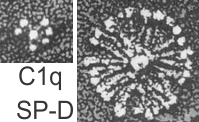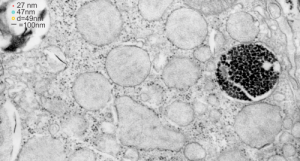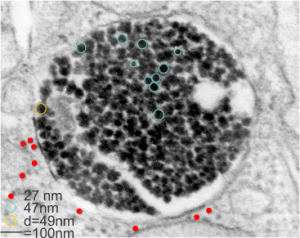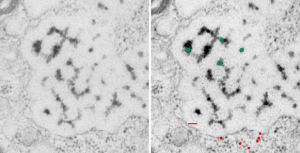From my son:
you’re using a term coined by the corporate media. “alternative facts”
is an oxymoron. it’s like “conspiracy theory,” a term invented by
propagandists to discredit the rising alternative media… and by
alternative media, i just mean actual journalists who do research and
cite sources. the corporate media doesn’t do journalism any more.
i love how their whole “fake news” meme backfired because everyone knows
the corporate media is the real fake news- and their falling numbers
reflect that.
the first step to not being brainwashed is to completely stop consuming
corporate media cnn,msn,abc,fox,cbs,disney,npr etc. all garbage, now
owned by just 6 companies (except npr of course which is foundation and
government funded, also lies).
no platform is perfect but if you use a variety of alternative sources
you will be much more informed.
below is a list of organizations who are replacing the dying corporate
dinosaur media. no single one of them is perfect of course, but they are
actually trying to do journalism instead of misinform and deceive.
“from me — I did find a website that i liked best of all…. justfacts.com… it gets point… no obscenities, violent speech, calls to riot, just lots and lots of graphs that show me trends and data. awesome”
jonrappoport.wordpress.com
infowars.com (questionable lately but in the past has done good work)
breitbart.com
wearechange.org
zerohedge.com
ae911truth.org
markdice.com
whatreallyhappened.com
therebel.media
ronpaullibertyreport.com
naturalnews.com
oathkeepers.org
thefreethoughtproject.com
michaeltsarion.com
social media platforms devoted to free speech:
gab.ai
voat.co
steemit.com
do not underestimate the value of this list. there are a lot of posers
out there pretending to be alternative media to keep you from finding
the good stuff. i’ve already sifted through the giant pile of crap as
best i can and this is the short list of the real stuff- those who have
a proven track record of accurate reporting and citing sources.









